For a 20-year-old pre-final year aeronautical student from India, NASA was a dream. A milestone that probably couldn't be achieved this early. Before you jump to your conclusions, neither do I attend a top notch university nor do I get perfect grades.
Last year, I heard about the NASA Human Exploration Rover Challenge. At some point, I began focusing on being a part of this and when you put all your energies into one thing, it is bound to have side effects, I was perpetually stressed, lost friends made stupid mistakes. Finally, sometime during the floods(I was stuck in a blackout. You don't want to know how I made contact) the International Space Education Institute, Leipzig, Germany had accepted my application. I was to be a part of a multinational team at NASA. The aim of the competition is to design, fabricate and race a human powered rover along a simulated course at the Marshal Space Flight Centre, Huntsville,Alabama.
I spent the next few weeks getting acquainted with my fellow teammates from various states. We broke down the buggy and understood it as much as we could and then moved into the fabrication of all the different rover parts. On the whole, we were mentored by Mr.Ralf Heckel from ISEI and for India, we were mentored by Mr.Navdeep Singh, Tec Mantra Labs. It was astounding how much we got done in a very short span while juggling everything else. The competition was set on April 7,8 and 9 2016.
On March 29, packed with all our rover parts and a buzzing enthusiasm we left to the USA. The multinational team has about seven countries working together, including Germany, Russia, India, Italy, Bolivia, USA and Japan. We began work almost immediately at the warehouse on our buggies. We registered as four teams and had four rovers to be made. The main framework of our buggies didn’t give us much problem. We nailed it in two days. But, NASA had already thrown us a curveball, this year we had to make our own nonpneumatic wheels for our buggy. This meant no rubber tires and no wheel spokes that you could buy at a shop. Months had been spent on the wheel design. The hub we made was of light weight metal. The wheel would be a combination of plastics and composites that were prepared by injection moulding. The connection of the two wheel parts is very similar to that of an ankle and a foot. For the spokes, we used plates made of carbon and glass composites. The wheels were hard work. Compressing them and fitting them took a toll on us. We spent days and nights making those sixteen wheels. On one particular night shift, some of us fell asleep on top of the wheel we were fitting. It was an interesting journey working with these people of different ages and cultures. Looking back, it feels like we spent months together in that warehouse, but in reality, it was just about a week.

working on the wheel hub
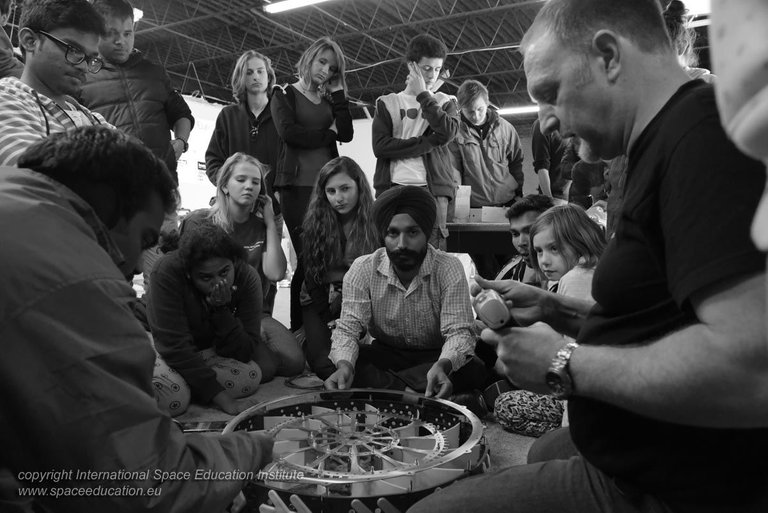
It just was so much work

Fitted with spokes and compressed

More wheels
Everything was not just the competition we did have a lot of fun and some crazy goofing around.

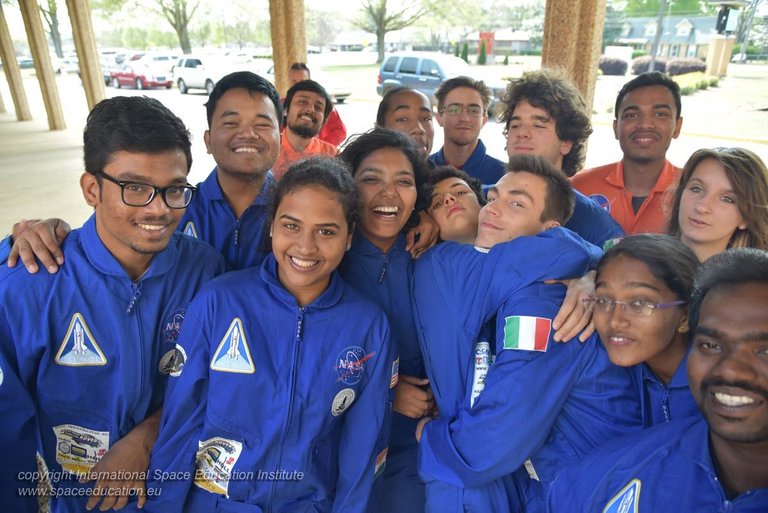

7th April was registration day. Our buggies were ready to race the course and so were our pilots. We spent the day familiarising ourselves with the course and the rules of the competition. My multinational team had seven countries but there were close to 90 teams in this competition each with their own unique rover. The stage was set and I met more people each with their own uniqueness, it boggles you have different two buggies can be. It was a coming together of great minds and you could see it all around you. You could just stumble over someone who has worked on some important NASA missions, works at Boeing or Lockheed and Martin. 8th and 9th were race days. Our D-days. Our buggies raced the course. It did have its own difficulties, but they were solid and remained intact while our pilots raced it through the course. Our wheels were good but too hard for the course. All four of our buggies made it to top 15. One of our buggies (incidentally the one on my cover picture) driven by an Indian and a Bolivian won the Jesco von Putkamer Best International Team Award for being the fastest International team.


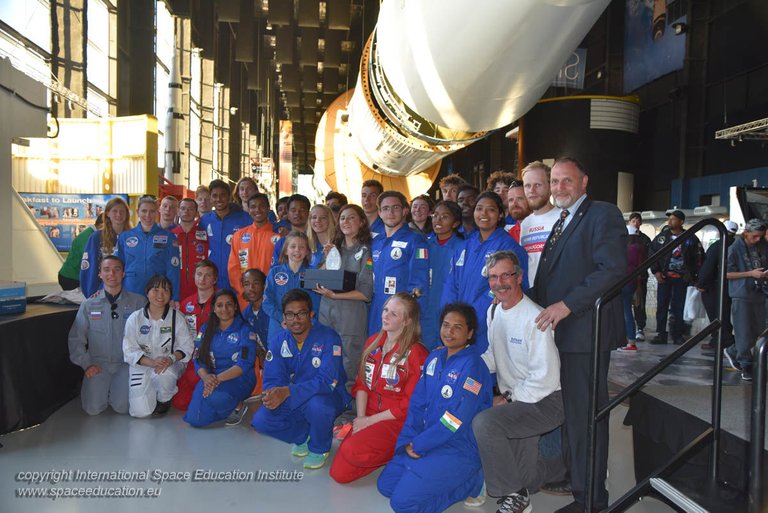
The competition was not the end of my journey here. We were invited to other NASA centres. Our mentor Ralf Heckel made a road trip out of it. We were to go visit the Michoud Assembly facility, John C Stennis Space centre, Naval Aviation Base. We travelled through New Orleans,touring the French quarter and soaking up the Louisiana sun. Took a ride on the Mississippi steam boats. Moved to Pensacola, Gulf Shores and then to Atlanta. Each day bought in its own flavour.
Before leaving Huntsville, we stopped by the hospital to meet Mr. Al Reisz. He was a chief engineer in the Apollo mission.Meeting him changed my view on space travel. His determination at his age dazzled me. He strongly believed that the work we do towards moving to space influenced our everyday lives. The man was an engineer to boot and found comfort in the wheel parts we gifted him. He held science above everything else.
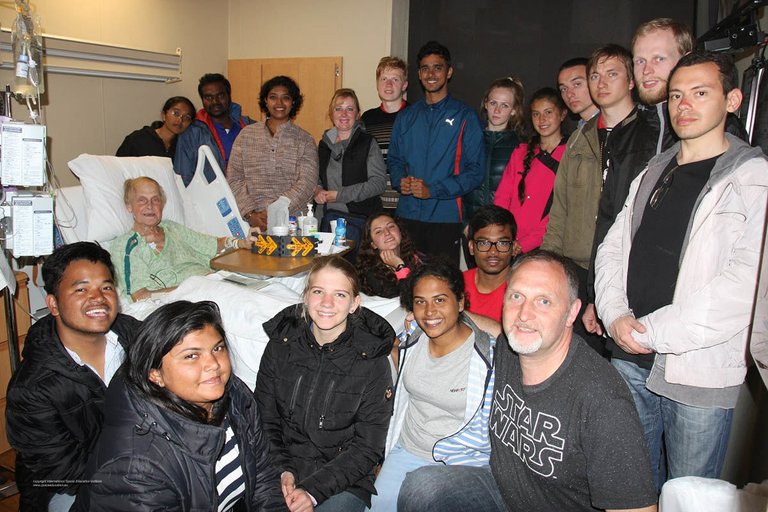
I might have been there for just 20 days but these few days taught me so much more, not just in terms of science and technology. It also taught me about people, patience, determination and why it is important to always be kind. The memories I have made on this trip would stay with me forever. Despite, having an abundance of amazing people that I have met, one in particular stands out. When we walked out of a lecture hall at Stennis Space centre towards the Infinity Science Centre, a bunch of small kids aged about five had walked in. We were all in our space suits and I was walking ahead when a little girl went "Wow. So cool. Are you guys going to space?" I stood there gobsmacked, unable to believe the awe in the kids eyes. I was being an inspiration and that stumped me.Everybody needs an experience like this to learn and to grow. I am blessed and very lucky to have had this. I sincerely hope this experience shapes me for good, better and much more in every way.
To infinity and Beyond
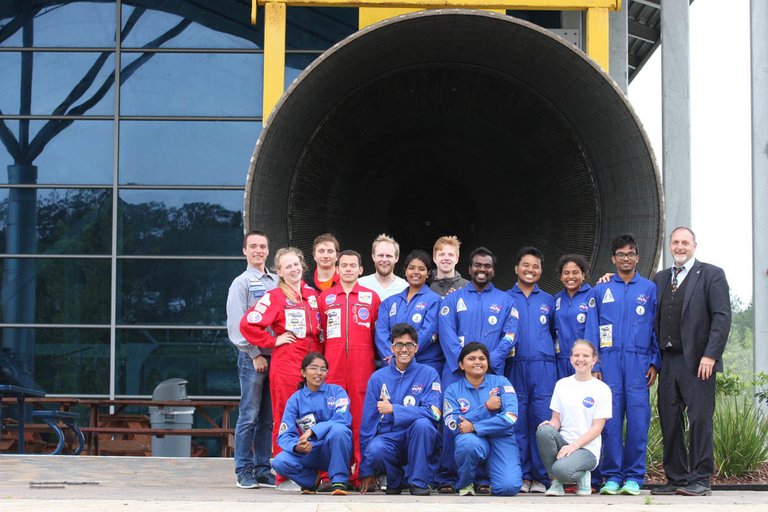
To infinity and Beyond
Hi! I am a content-detection robot. This post is to help manual curators; I have NOT flagged you.
Here is similar content:
https://campusdiaries.com/stories/the-nasa-experience